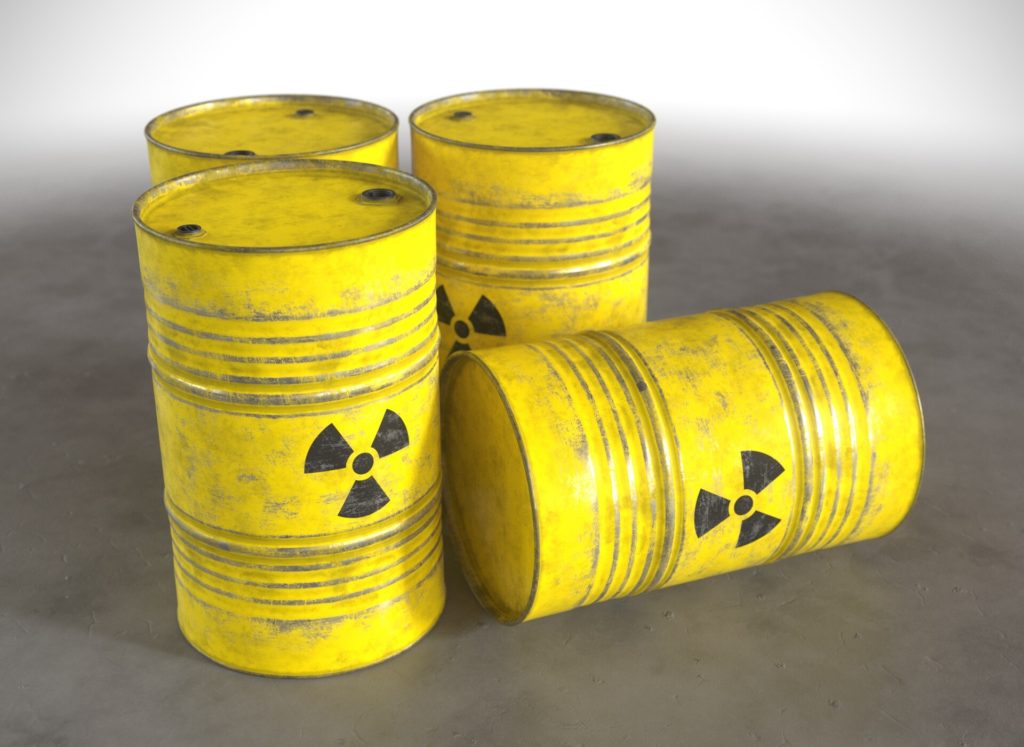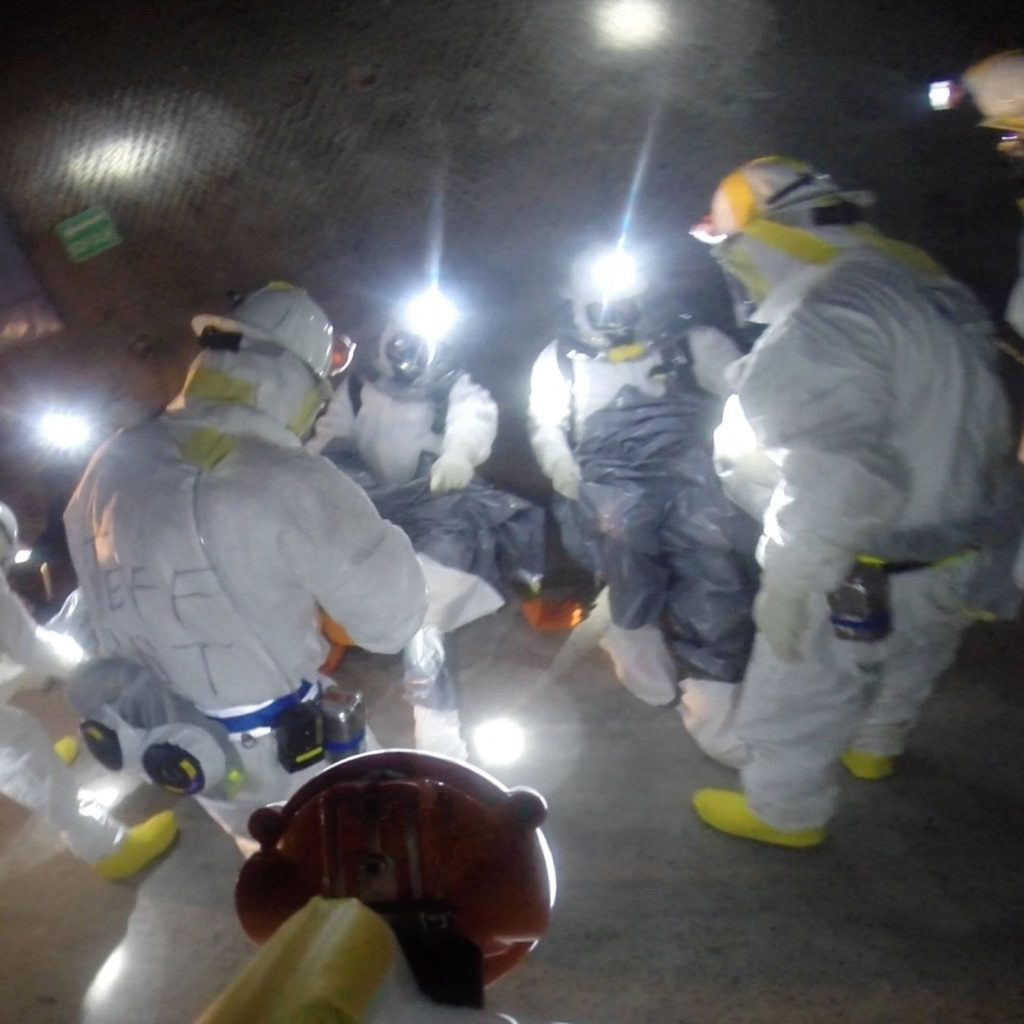Sometimes the smallest change can result in a catastrophic outcome!

There’s no doubt that when an accident occurs in a nuclear waste management facility, an intense investigation will follow that will result in fingers being pointed, careers ruined, and heads rolling.
On February 14, 2014, at the Waste Isolation Plant located in New Mexico, a drum that contained nuclear waste accidentally burst open on the warehouse floor. Fortunately, this section of the facility was half a mile underground so there was no risk of radioactive exposure above ground.
The workers were another story. Approximately 22 workers were exposed to the radiation emanating from the barrel but were fortunately given the all-clear.
It was up to the contractor that operated the facility, Nuclear Waste Partnership LLC, to adhere to all the protocols as the fallout, both media and financial, could be hazardous to the health of their company.
As per that protocol, all essential personnel were evacuated from that area while, suited up in protective equipment, an inspection crew evaluated the spillage. Their findings were inconclusive so to delve even deeper into the cause of the incident an independent expert was needed, and the name at the top of the list was David T. Hobbs.
His resume included an in-depth knowledge of nuclear waste materials garnered over a thirty-year period, yet even he was to uncover something he had never encountered before.

His first point of inquiry was to ascertain why a sealed drum had ruptured seemingly with no outside interference or any form of detonation and to indefinitely suspend all key operations at the site until his investigation was completed.
After one year of intense scrutiny, and eliminating the usual incidents that could have caused a drum to rupture, he came to the conclusion that there had been a thermogenic chemical reaction within the drum caused by incompatible substances.
When transporting dangerous radioactive substances in barrels, a combination of compounds is added to absorb the dangerous liquids and make them more stable for both transportation and storage. The mixture in some of the drums reacted adversely to have the exact opposite effect, creating a chemical reaction that generated enough internal force to dislodge the lid on one of the drums.
But even upon closer inspection of the ingredients, Hobbs couldn’t at first ascertain what the difference was between this mixture compared to previous additives used in thousands of drums that had passed through the complex.
And then he saw it. And it was a new one on him, and definitely a facepalm moment.
The Los Alamos National Laboratory was accustomed to packaging radioisotopes for disposal and sending them to the Waste Isolation Plant in New Mexico. One of the components, used because of its absorption capabilities, is kitty litter.

What someone had done somewhere along the chain, unfortunately, was to change the standard inorganic kitty litter to a 100% organic one. That simple change rendered the kitty litter incompatible with the other neutralizing agents within the barrel.
The resulting chemical reaction generated enough heat and internal pressure to dislodge the lid and cause the hazardous waste of radioactive materials within to spill out.
That simple oversight led to the site in New Mexico being fined $54 million, losing $240 million in recovery costs, closing down for years, and jeopardizing the health of the workers.
It just goes to show that sometimes, organic isn’t always better.
